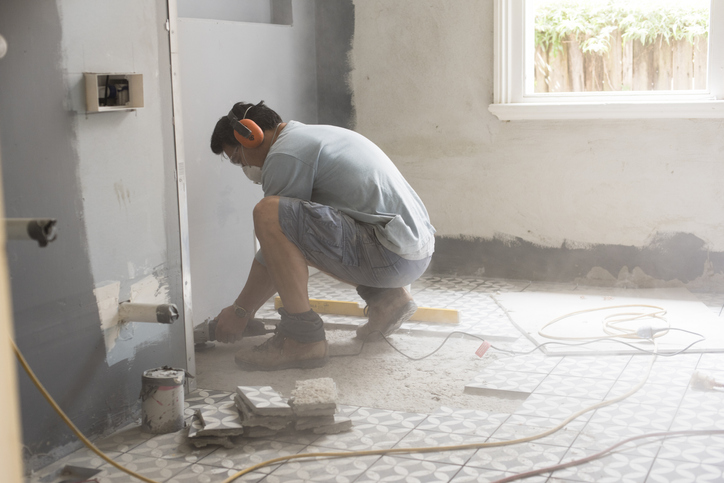
Renovating an investment property should always be approached by a landlord as a business challenge in which you must try to limit spending while maximising potential rental income.
Motivation to upgrade the quality of a rental might vary from wanting to leverage tax advantages from the property in their entirety or be about finding and retaining good quality tenants – or both.
As an experienced local real estate agent, I have always regarded cash flow as king, and there’s no better reward to your investment than a higher rental income.
Before commissioning any renovations or building work, it can be a smart idea to understand how the market will see your changes and this is where as your agent, either I or our property management team can help. We’ll look at your planned changes through the lens of how your investment is likely to increase your rent. We’ll be able to tell you what renters in our area are seeking and which features can demand a premium price.
Our advice could save you thousands of dollars in wasted renovation work, as well as earn you an equivalent in additional rental income over several years by offering those premium features.
Here are eight tips to guide you on general upgrades that we are currently seeing deliver a good return on investment. However, every property is different, so consider asking us to provide a personal assessment of the best way forward.
- Create a plan with a bottom line – Don’t make this renovation about your own needs and tastes. This is not where you’re going to live. You want to minimise the scope to just those parts of the property that will deliver increased income. Keep a sharp eye on the cost of materials and even the contractors you hire. Whatever you do, don’t be guilty of “scope creep”. Stick to your plan.
- Build a buffer – When you set your budget, put aside 15-20% for cost overruns. These could be caused by unforeseen problems such as replacing old electrical wiring or a cracked pipe. This money will also give you some comfort in knowing that you can handle most unpleasant surprises.
- Hire smart, not cheap – A general contractor is a good fit for this type of work. Put them in charge of project management and sub-contracting tasks they cannot do themselves. Always keep an eye on who is working on the property and ensure they have the right licences and insurance.
- Can you add a bedroom? – If you have sufficient room, then an additional bedroom will immediately offer an uplift in rental income. It will open you up to a broader rental market as would-be tenants judge a property first and foremost by the number of bedrooms it offers.
- Kitchen winners – Avoid fashion colours when you renovate the kitchen. Instead, select white as this never goes out of style. Choose materials for their durability. While this might not be the cheapest strategy, it will pay you back in the long-term by minimising maintenance and replacement costs.
- Keep plumbing simple – A single mixer tap of brushed nickel is ideal. Chrome is a slightly cheaper alternative. Don’t get too fancy with designer taps as this will only cause you trouble down the track.
- Bathroom update – Replacing toilets is a cheap and effective approach. Get a dual-flush model to reduce water bills. Toilet seats can break easily, so make sure your selection allows for easy replacement. Metal fasteners rust and break. Nylon is the way to go.
- Door and windows – It’s common for these to suffer wear and tear during a tenancy. They’re not seen as having a value until they break. So, minimise your spend here and keep handles low-cost and practical. Avoid sliding doors, as they get knocked off their runners and damage easily. For security, ask your contractor to fit a common locking mechanism, so the tenant needs only one key for everything.
